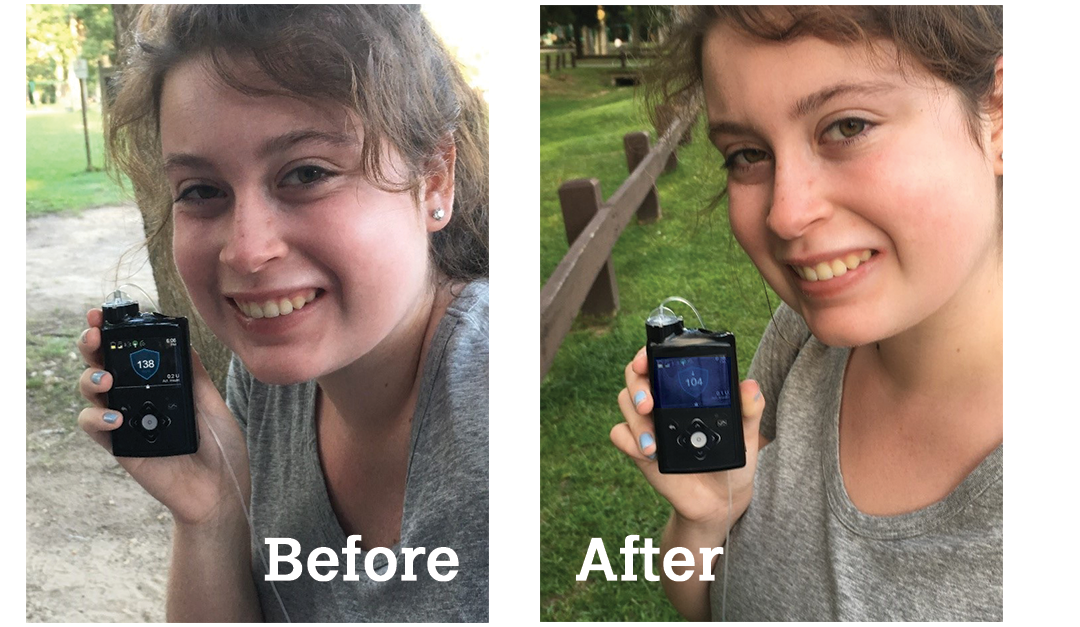By Janine Logan
Senior Director of Communications and Population Health
Seeing is believing, and so is walking.
Doctors tell us that exercise is necessary, especially if we suffer from a chronic disease like high blood pressure, asthma, or diabetes. But like most of us, I file the advice away in the back of my mind.
But like a good mom, I tell my kids to ride their bikes, play basketball, run, and yes, even walk to a friend’s house. I especially emphasize the importance of exercise with my youngest daughter, who has type 1 diabetes. For Sarah and others with T1D, the pancreas produces little or no insulin, making it impossible for the body to maintain the proper blood sugar levels without help.
That’s why I dragged her with me to the Long Island Health Collaborative's walk for health at Bethpage State Park on August 31. Sarah has been to these walks before, but this time I thought we would run an experiment to see if walking really does make a difference in managing a chronic disease like diabetes. We kept a close eye on her continuous glucose monitor, which is the pump she uses to read her current blood sugar levels.

The before and after photos of the blood glucose readings on her pump tell the whole story. And it’s a good story. After just 30 minutes of walking at a moderate pace, her blood glucose level dropped 34 points - 138 to 104. For most people with type 1 diabetes, a good target range is between 80 and 120. As you can see, she was out of range when we began, but well within range by the time we finished walking.
Blood glucose control is difficult for diabetes patients because the pancreas does not function. The nanosecond insulin modifications made by the pancreas of a person who does not have diabetes, that the rest of us take for granted do not happen automatically for those with diabetes. Over time, those swings in blood glucose wreak havoc on the body’s kidneys and cardiovascular system. The health complications are costly, and more importantly, the diminished quality of life for patients is heartbreaking. Granted, there is a difference between type 1 diabetes and type 2 diabetes, but the health consequences are the same. Type 2 is more often than not the result of lifestyle choices, whereas type 1 is an autoimmune disease. That means if you make some good lifestyle choices, like eating better and getting in some exercise, type 2 is likely preventable.
So the next time your physician tells you to exercise, take their advice. All you need to do is walk, and don’t forget to ask, Are You Ready, Feet?™
Sign up today for your chance to win health and wellness prizes. Enter your steps walked, minutes moved, or miles traveled - each entry is another chance to win!